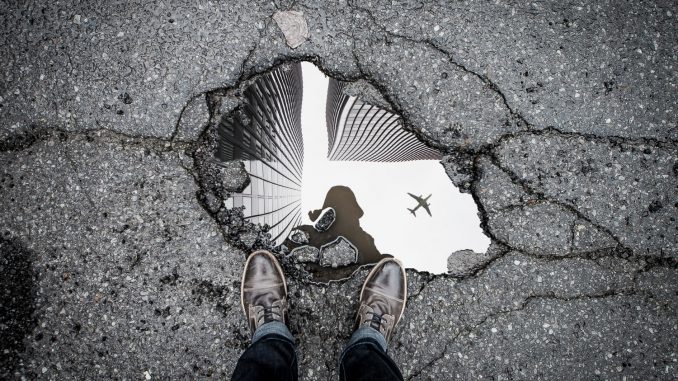
Just recently, the new iPhones were introduced: iPhone XS, iPhone XR, and iPhone XS Max. Apple analysts and “scientists” are already busy with the future of Apple in 2019 and 2020. Rumors of a triple-cam in 2019 appeared months ago, and now, a new astonishing feature was rumored – the 3D camera for augmented reality, albeit, it will appear in production units only in 2020, says Ming-Chi Kuo.
Kuo’s analyzes are not always complete, but sometimes it works quite well. He was the first, for example, who claimed last year that Apple would bet on dual-SIM functionality this year. However, his prediction on a variety of new Apple hardware for yesterday’s event was not (yet) entirely true – let’s see if Apple turns it into a second launch event in October.
We’ve seen other rumors that the augmented reality could be a bigger “thing” then VR, because, Apple considers AR to be a better and more interesting technology as VR. And they might be right.
What went wrong with Kuo’s latest forecasts is his reference to a potential extension of the main camera on the back to 3D sensors. In any case, contrary to previous reports, he does not believe that Apple would use a so-called TOF (time-of-flight) sensor in the coming year. Apple’s IR projector at the front of current iPhones calculates the time that a laser needs to rip off objects and creates a 3D image of the environment.
Oppo recently integrated such a TOF sensor into the Oppo R17 Pro as a third camera – but Kuo believes Apple will wait until 2020 to do so and explicitly cites 2 reasons for its assumption. First, the sensor brings little for the popular smartphone photography with the iPhone, here is a dual-cam according to Kuo completely enough to simulate 3D depth effects such as bokeh. Second, current TOF sensors do not yet meet Apple’s quality standards for augmented reality, and Apple would probably wait here for its own AR glasses to be ready and 5G connections for the higher data volumes.
Why did Apple bet on augmented reality?
There is a simple answer to that. AR is easier to use! Anybody with a phone can use so the market is much bigger then VR. Also, for VR a specific environment is required, expensive hardware, and wearing a head-mounted display. Also, comes with a variety of side effects such as dizziness, loss of spatial awareness, nausea, eye soreness. Many people complain that after a VR session they have no appetite and giddiness. There are so many risk factors with VR and the market of enthusiasts who are willing to test the technology is not big enough.
Both are interesting technologies, but, in the coming years, AR is a more promising one.